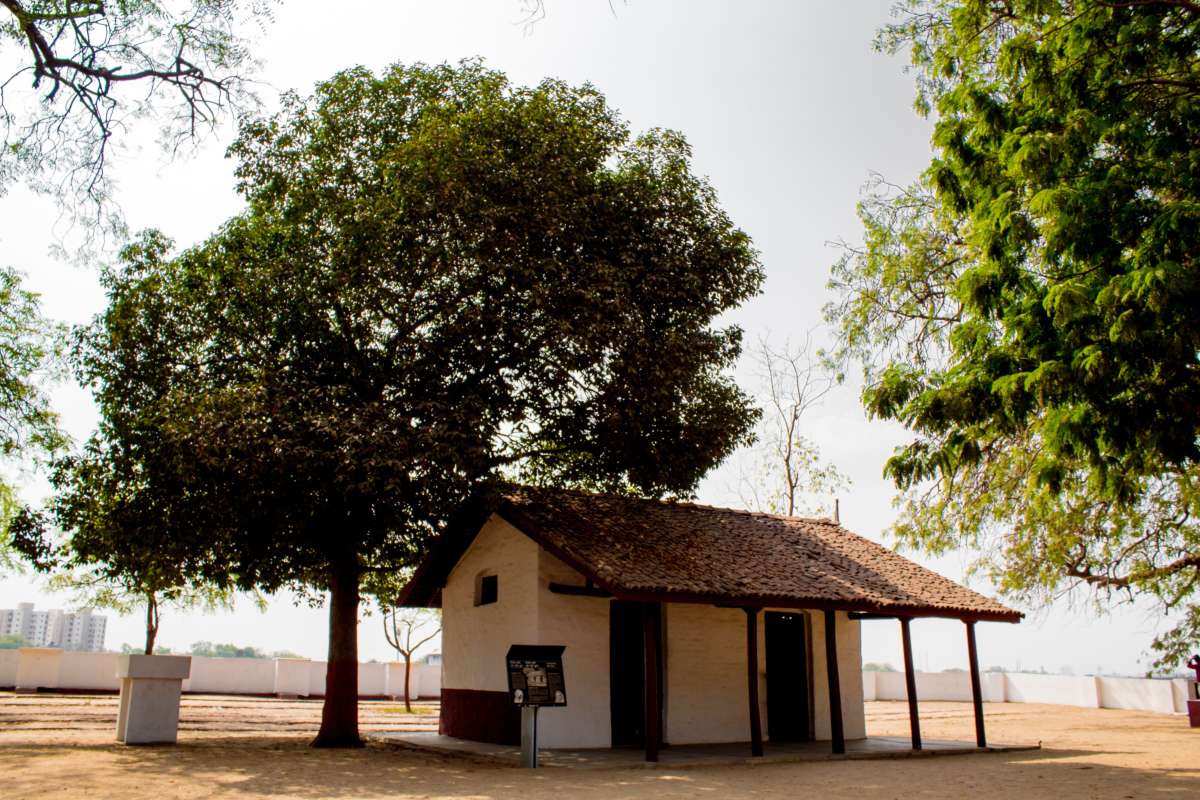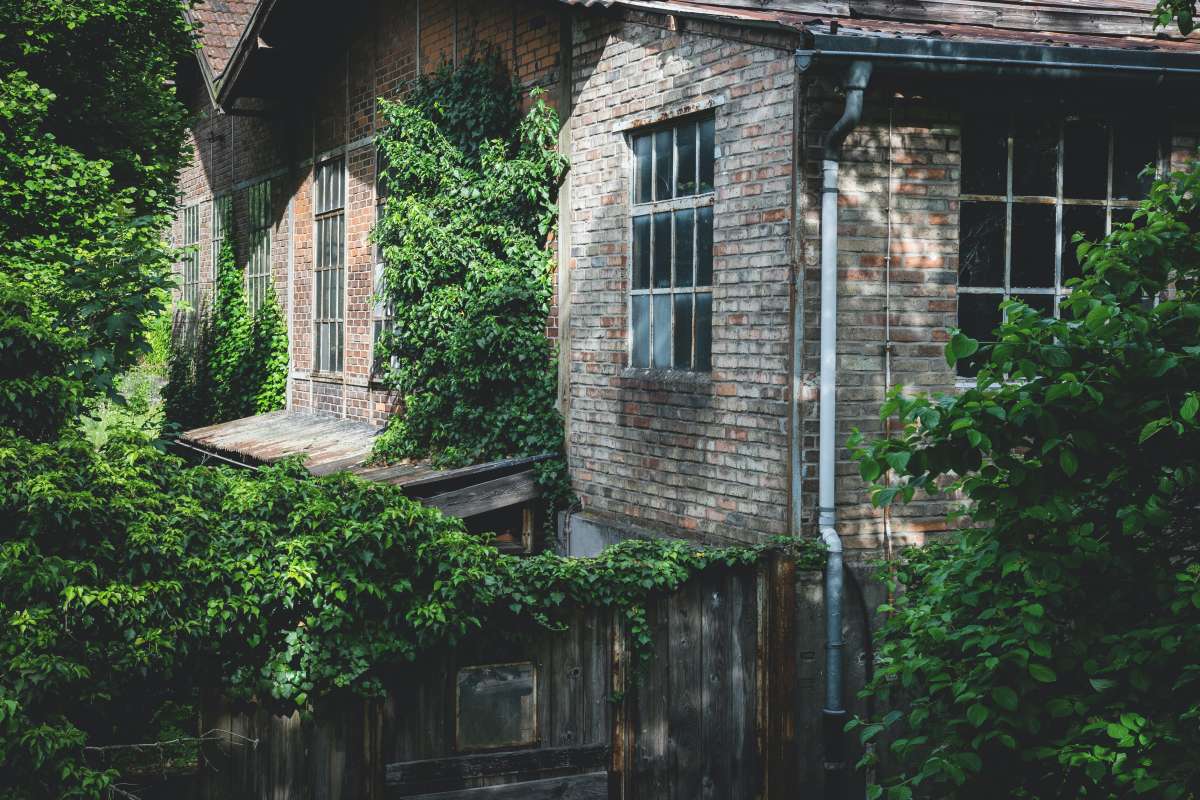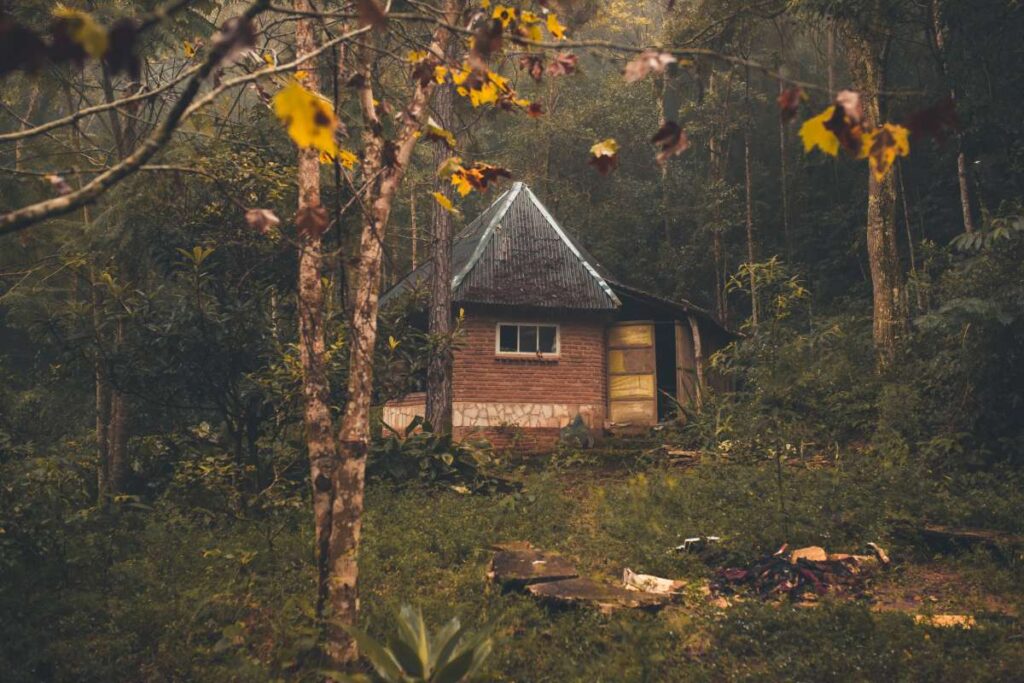Maintaining a healthy forest requires vigilant plant monitoring and preventative care. Indicators that it's time to call an arborist include leaf discoloration, branch death, and premature leaf fall.
Despite their dominance in the landscape, trees have something in common with the grass, shrubs, and other plants that grow there: soil. The roots of the various plants intertwine and compete with one another for available resources. Even a single mature tree could have roots that spread far into your grass and bushes.
A tree's health and aesthetics are affected by any treatment done to the lawn. The turfgrass below a tree can be affected by treatments applied to the tree itself. The health of a landscape as a whole can be affected by the care given to individual plants.
Diseases and insect infestations can severely damage trees of all types. The longer you wait to treat a tree that has been infected with a disease or pests, the more difficult it will be to save it. The damage caused by most tree illnesses and pest attacks can be extensive, and in some cases even fatal, very quickly. Make sure to contact a tree service immediately if you discover any symptoms of a tree illness or pest infestation. Treatment and prevention of common tree diseases and pests are two of the many services that professional arborists offer. They can identify the problem and provide a workable solution because of their expertise and training.
Tree Disease Treatment

It's important to act immediately when diagnosing and treating tree illnesses caused by fungi and bacteria since they can cause significant harm or even kill a tree. Dutch elm disease, oak wilt, fire blight, and apple scab are just a few of the diseases that can severely damage or even kill a tree, and their fruit. Leaves, branches, fruit, and even the tree trunk may show signs of disease, however this varies from disease to disease. Watch out for these signs of tree disease:
- Withering, yellowing, or wilting leaves
- Leaves with dark patches or a powdered substance
- Cankers or sores on the branches or trunk
- Yeast development on the branches or trunk
- Branchless, damaged, or dying trees
A certified arborist can examine a tree for indicators of disease and, if possible, come up with a treatment plan. The tree may need to be cut down if the sickness is too advanced to treat.
Tree Pest Management
The vitality and stability of a tree can be severely compromised by the infestation of any number of insects. Ash trees as well as the devastating emerald ash borer are two examples of how specific tree species are particularly at risk from insect assaults, and how specific pests are much more active in particular regions.
Many pests that attack trees either eat the leaves or bore into the trunk and eat the wood. Damage from foliage-eating insects can lead to defoliation, while infestations of burrowing insects can starve trees to death by interfering with their access to water and nutrients. Early leaf drop, skeletonization, and yellowing are all symptoms of insect damage to foliage. The tunnels carved into the heartwood and the exit holes in the outer bark are telltale signs of insect infestations that use burrows for shelter.
After inspecting the tree and examining the symptoms, a trained arborist can accurately diagnose the insect infestation and provide a solution. They'll try to get rid of the pests using any of the following procedures:
- Bark mist
- Injection of soil
- Canopy mist
- Injecting the trunk
Tree Care
Considering the catastrophic potential of tree insects and diseases, prevention is your best bet. Strong, healthy trees have a natural resistance to pests and illnesses, but they still need regular checkups and care to stay that way. To reduce the likelihood of pests and illnesses, it's important to do the following upkeep:
- Preventative treatments for pests and diseases: Arborists can administer treatments to protect your trees against local pests and diseases.
- Tree trimming: Correct tree pruning can stop the spread of disease or pest infestation.
- Tree fertilization: Fertilization applications will supply the trees with the necessary nutrients they need to grow robust and fend against diseases and pests.
- Damage Treatment: Trees that have been damaged by a storm should be treated immediately, since they are at a higher risk of contracting illnesses and bug infestations. Hire an arborist immediately to fix the damage.
When trees fall victim to pests and diseases, the damage they sustain is sometimes immediate and severe. Make it a habit to inspect your trees on a regular basis, and if you see any unusual symptoms, contact a tree care professional immediately. Tree experts will assess the situation and devise a strategy to get your trees healthy again.
Plant Health Care
When indications like discoloured leaves, dead branches, or premature leaf drop are observed, homeowners should get in touch with a local arborist. There may be a simple explanation and solution, or the situation could be more complicated, with multiple interrelated causes and a cure needing therapies spread out over a number of years.
Plant Health Care (PHC) programmes are designed to keep landscapes looking nice and healthy while also keeping them safe for people to walk through and enjoy. Maintaining a healthy tree population requires close communication between both the arborists and the property owner, as well as regular checks and preventative care.
How To Prevent And Treat Tree Pests
Bacteria, microbes, and insects aid in the natural and balanced recycling of nutrients, decomposition, and plants. These insects and microorganisms work together to create a harmonious ecosystem in your yard. This harmony between plant and animal life is impossible to achieve in a laboratory, and it's also the key to effective pest management in environments where plants are allowed to flourish freely.
By matching the amount of thriving plants with the amount of pests and diseases that occur naturally, the optimum environment can be established. Problems arise when one factor dominates over the others; fortunately, there are strategies for addressing this kind of situation and restoring ecological balance.
Increase Disparity In Age And Species Diversity
Many homeowners will only allow certain tree types to remain on their land. Then there are those who have enough land to plant their own trees and shrubs in a backyard forest. No one, not even those lucky enough to have a backyard forest, realises how effective these are at discouraging pests.
These compact forests with a wide variety of species of trees will be more resistant to pest invasions than larger forests with fewer species.
The likelihood of a parasite outbreak is diminished when trees of varying ages coexist. Like species diversity, age diversity strengthens an ecosystem by adding complexity and resilience.
Keeping the population's age distribution relatively stable is a good first step towards achieving biological equilibrium. Keeping pests at bay is easier with this equilibrium in place, especially for young trees. Existing predators and parasites on the elder trees in the region kill these pests, bringing the ecosystem back into balance.
Using A Healthy Ecosystem To Prevent Pests
Similar to pest control, landscape maintenance has two major upsides. The first reason is that pests are less likely to do damage to a tree if both the tree and its habitat are in good health. The second is that these robust plants are better able to resist infection and recover quickly once treatment has been applied in the event of an outbreak.
If you want your trees to live long and prosper, stress-free lives, avoid crowding them too much. When plants are crammed into a small space, they compete for limited resources like water and light, just like every other living thing in nature. Plants are weakened as a result of this stress and are more liable to be attacked by pests.
Tree Pest Alert Signs
Unhealthy tree conditions manifest themselves in a variety of ways. There may be dieback in the tree's crown or upper limbs, needle discoloration, and leaf thinning as symptoms. There may also be problems with the tree's trunk and roots, such as rot or cracking bark. Most often, these reactions are brought on by diseases and insects.
There's also the possibility of damage from factors other than bugs. This includes things like a lack of soil nutrients, a drought, or even harm from building projects or herbicides. These are worthy causes to be aware of, yet they are merely ancillary.
Proper diagnosis is essential for effective containment and treatment of a tree pest infestation. Get an arborist or a tree care professional.They'll be able to tell you what's wrong with your tree and how it affects the environment.
Getting an accurate diagnosis is the first step towards implementing an effective pest management strategy that will eradicate the problem for good.
Services For Pest Control And Tree Health
There is absolutely nothing inappropriate with the occasional breakout of tree pests because they are a normal part of the ecosystem. When these warning indications of an outbreak are disregarded, the situation usually worsens.
You can lessen the impact of an epidemic by following the appropriate instructions. If you follow a systematic approach to pest control, you can ensure that your property retains its natural diversity and strength, limit the spread of dangerous pests, and lessen the likelihood of infestations.
If you want your garden to be the envy of the neighbourhood, you need to give it regular treatment and monitor its ecosystem closely. Taking care of your plants, shrubs, and trees will benefit your garden as a whole.
Mulch and irrigation are only two of the many pest-prevention methods you can take, but you should also keep a look out for pests. If you need assistance deciding what might work best for your garden, a local plant or urban tree firm can help.
Nonetheless, if you have any reason to believe that your trees may be contaminated, it is vital that you get in touch with a specialist who can ensure the safety of your trees and environment.
Treatment And Prevention Of Tree Damage

You must keep your dying tree from crashing down into your land. If you're prepared, you can take steps to assist a damaged tree recover and thrive.
As they mature, trees are totally vulnerable to both natural and anthropogenic threats. Some common types of tree damage include:
Mechanical Damage
Trees are susceptible to mechanical damage when the bark on the trunks, surface root, or branches is nicked, scraped, cracked, or stripped by lawn mowing or other machinery.
This kind of damage makes it more likely that pests or diseases may spread. Purge the wound with disinfectant and trim the wound with a sharp knife immediately. A tree dressing can be used, or the wound can be left to heal naturally.
Mulch the space around the tree's trunk and out to its drip line, construct a garden all around the trunk, or build a short fence to keep lawnmowers as well as other machinery at bay.
Thoroughly watering your tree once a week will encourage the top roots to grow down into the soil. The roots of older trees that are close to the ground can be protected by simply bringing the soil up to cover them.
Projectile Damage
Trees are vulnerable to harm from anything crashing into them, such as an out-of-control car or the gnome from your front yard that got swept away in the storm.
When a tree trunk is injured, it can be bandaged or the wound can be cleaned so that the bark can heal over and protect the exposed wood. If a branch has been injured, it may need to be cut back to the trunk or even more.
We can't halt cars or other projectiles that aren't in our hands. Yard tools and decorations should be stored in a secure location, like a shed, garage, or screened-in porch or patio, to prevent them from being blown away or damaged by wind and water.
Conclusion
To keep a forest in good condition, it's important to keep a close eye on the plants there and take preventative measures when necessary. Dying leaves, dead branches, and an early leaf drop all signal the need for an arborist's attention. The way individual plants are cared for can have a domino effect on the overall condition of a landscape. Experts in tree care can help spot and eliminate pests and illnesses. Keep an eye out for symptoms of disease such as discoloured or falling leaves, powdery growths on the trunk or branches, and weakened or dead wood.
A professional arborist can identify the signs of an insect problem and treat it effectively. Insect damage to foliage can cause early leaf drop, skeletonization, and yellowing. Treatments to ward off pests and diseases native to your area can also be administered by arborists. Close collaboration between arborists and property owners is necessary to keep a tree population thriving. Invasions of pests are more likely to be repelled in dense forests that feature a wide variety of tree species.
In order to achieve biological equilibrium, it is important to maintain a stable age structure within the population. The first step in developing a workable pest management plan is obtaining a correct diagnosis. Your garden as a whole will benefit from your careful attention to its individual plants, shrubs, and trees. A few of the many measures you can take to ward off pests are laying down a layer of mulch and keeping your plants adequately watered. As trees age, they become increasingly susceptible to damage from both natural and human causes.
Content Summary
- Maintaining a healthy forest requires vigilant plant monitoring and preventative care.
- The health of a landscape as a whole can be affected by the care given to individual plants.
- Diseases and insect infestations can severely damage trees of all types.
- Make sure to contact a tree service immediately if you discover any symptoms of a tree illness or pest infestation.
- Treatment and prevention of common tree diseases and pests are two of the many services that professional arborists offer.
- It's important to act immediately when diagnosing and treating tree illnesses caused by fungi and bacteria since they can cause significant harm or even kill a tree.
- The vitality and stability of a tree can be severely compromised by the infestation of any number of insects.
- Early leaf drop, skeletonization, and yellowing are all symptoms of insect damage to foliage.
- Arborists can administer treatments to protect your trees against local pests and diseases.
- Hire an arborist immediately to fix the damage.
- Make it a habit to inspect your trees on a regular basis, and if you see any unusual symptoms, contact a tree care professional immediately.
- These insects and microorganisms work together to create a harmonious ecosystem in your yard.
- This harmony between plant and animal life is impossible to achieve in a laboratory, and it's also the key to effective pest management in environments where plants are allowed to flourish freely.
- By matching the amount of thriving plants with the amount of pests and diseases that occur naturally, the optimum environment can be established.
- Similar to pest control, landscape maintenance has two major upsides.
- Proper diagnosis is essential for effective containment and treatment of a tree pest infestation.
- Get an arborist or a tree care professional.
- Getting an accurate diagnosis is the first step towards implementing an effective pest management strategy that will eradicate the problem for good.
- Taking care of your plants, shrubs, and trees will benefit your garden as a whole.
- Nonetheless, if you have any reason to believe that your trees may be contaminated, it is vital that you get in touch with a specialist who can ensure the safety of your trees and environment.
- You must keep your dying tree from crashing down into your land.
- If you're prepared, you can take steps to assist a damaged tree recover and thrive.
- Trees are susceptible to mechanical damage when the bark on the trunks, surface root, or branches is nicked, scraped, cracked, or stripped by lawn mowing or other machinery.
FAQs About Tree Care
Trees benefit their surroundings by releasing oxygen into the air, cleaning the air, reducing the effects of climate change, reducing water use, protecting the soil, and providing habitat for wildlife. trees absorb carbon dioxide and release oxygen through a process called photosynthesis.
Young trees, like human children, require special attention and care just like any other living thing. Proper care of trees through watering, mulching, and pruning has long-term effects on human and environmental health, as well as the quality of air, water, and wildlife habitats.
If trees were cut down, forested areas would lose their moisture and become more vulnerable to drought. The oxygen-carbon dioxide cycle would be thrown off. Heavy rains would cause flooding on a regular basis if these trees weren't there to act as a physical barrier and anchor the soil.
In order to keep trees looking their best, they need to be trimmed every three to five years. Every two to three years is ideal for pruning young trees. An annual pruning is all that is needed for fruit trees. It's not necessary to prune evergreen trees very often.
Like all other forms of life, trees require nourishment in the form of food, water, and other nutrients in order to thrive. By combining carbon dioxide from the air with water absorbed by the roots and energy from the sun, trees are able to produce sugar that is then used to fuel the rest of the tree through photosynthesis.

